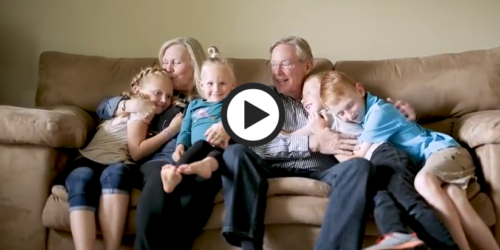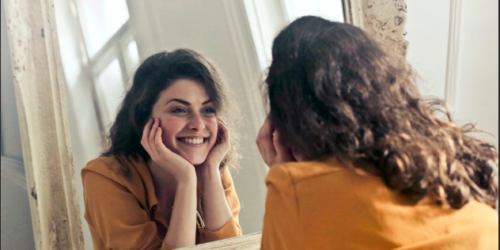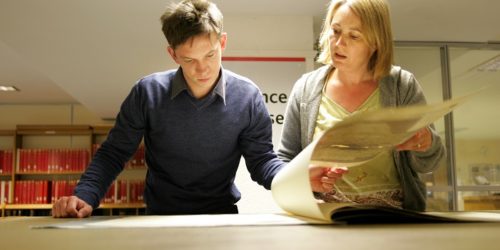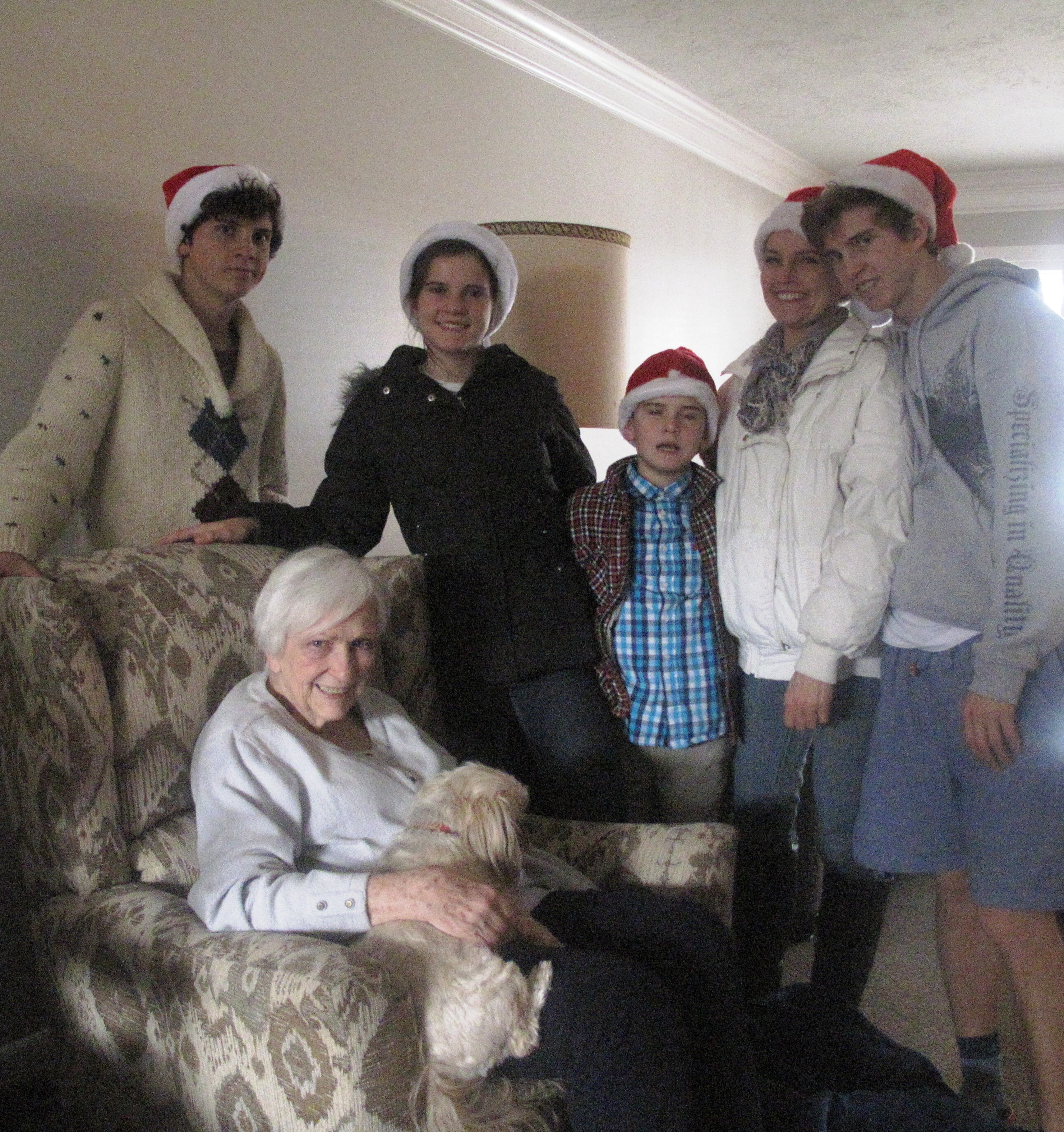What Do I Do with This?
Editor’s note: This article was previously published on the Sandy Granite family history blog site by Liz Kennington and is used with her permission.
Many years ago when my siblings and I were cleaning out my parents’ home, I was entrusted with all things 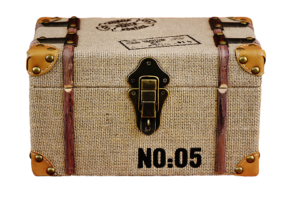 genealogy. At the time I was thrilled about having those items in my possession. Almost 17 years later, I am still storing those items on a makeshift pyramid at the back of my garage. Before you panic and think that I have pictures or old documents out there in the elements, I was smart enough to move those inside. But what remains outside is a vast amount of “things” that neither I nor my siblings could bear to take to DI or simply trash. It was only a few short years later that similar items belonging to my in-laws found their way on to the pyramid. What to do with all this?
genealogy. At the time I was thrilled about having those items in my possession. Almost 17 years later, I am still storing those items on a makeshift pyramid at the back of my garage. Before you panic and think that I have pictures or old documents out there in the elements, I was smart enough to move those inside. But what remains outside is a vast amount of “things” that neither I nor my siblings could bear to take to DI or simply trash. It was only a few short years later that similar items belonging to my in-laws found their way on to the pyramid. What to do with all this?
I am not wanting to simple continue storing them so that 20 years from now my own children will have the burden of going through these items as well as whatever things we have accumulated. Since not one of my children currently has an interested in family history, I need to make some decisions about the fate of all these “things.” Fortunately, I have found a book that gives me some directions about what to keep and what to throw.
Denise May Levenick has authored the book How to Archive Family Keepsakes where she gives some good basic direction to sorting through all the keepsakes. She says, “One key isn’t much to save, but it doesn’t take long for family keepsakes to become a mountain of memorabilia that threatens to come down on our present life like an avalanche.” Sounds like that pyramid in my garage.
How then do we choose what to keep? She suggests that we examine the reasons why we are keeping an item. If the item has a story to it, is it the story that we want to preserve? If so, then we already have the story. Do we really need to keep the item? Levenick suggests that we perform a triage of sorts to determine what really needs to stay after the stories have been told.
- Why did my ancestor save this? Perhaps your mother or grandmother pressed the corsage they received at a dance. While the dried flowers are sentimental, they can be discarded. If the item is a baby picture or some other kind of life event picture complete with dates and names of people, then these kinds of items should be kept.
- Is it unique, one-of-a-kind? Family letters, photos, or documents would fall under this question.
- Is it old? If you are uncertain whether or not an item is worth saving, it is always better to continue saving it especially if it contains names, dates, and places. I think that it goes without saying that if you have an old document that contains any of these items that you would want to keep them. I have a set of crocheted nut cups that I assume my grandmother Larson made. Since I have never seen anything like this and also know that they are old and certainly also one-of-a-kind, I will probably continue to store these items.
- Is it valuable? Here is where things could get tricky. Value is relative. The monetary value is only valuable if someone is willing to pay a particular amount for the item. What is also of value to you today will probably not be of value to your children or grandchildren. If you have things such as books, you can make a PDF copy of them and then throw that book out. Digital storage is less expensive than physical storage space and takes less room. As always, any original documents should be kept. You could take a photo of those as well and then store the originals.
Think about your answers. If you have answered yes to all four of the questions, you have a clue as to whether you should keep that item. But perhaps here is another idea to further trim down those piles. Carefully go through everything you have, opening programs, menus, etc., looking for what might be tucked inside. Once you have the items like pictures or union cards, then you can throw out the cracked covers and programs.
If you are still worried about throwing out something, take a digital photo of it that will help you remember the artifact. If you are still in doubt about whether to keep something, ask yourself this question: Have I ever saved a similar memento from my own life’s experience, and what would I expect my children to do with it? Sometimes we just need permission to hold on to the memory and let go of the clutter. –Liz Kennington
